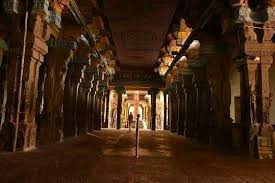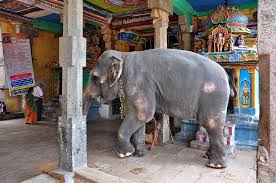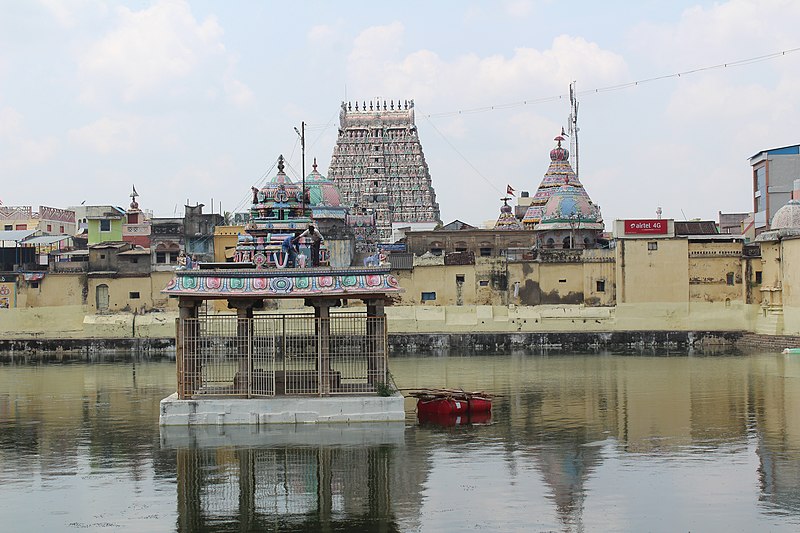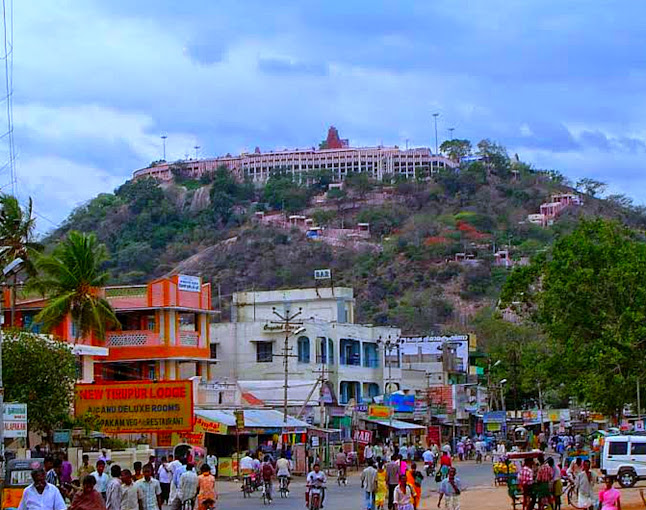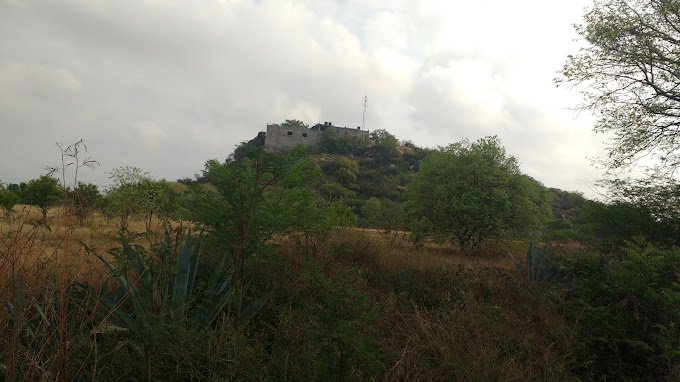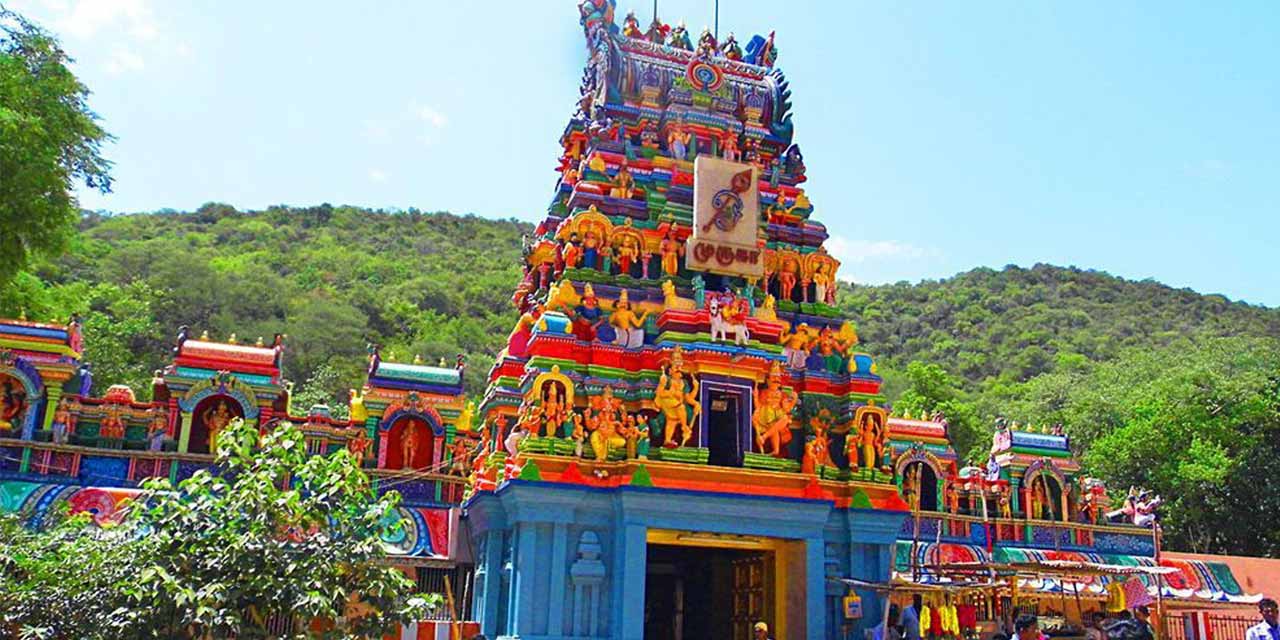Nestled in the ancient town of Kumbakonam, amidst the serene landscapes of Thanjavur District, Tamil Nadu, India, stands the majestic Adi Kumbeswarar Temple. Dedicated to Lord Shiva, the divine presence of Adi Kumbeswarar permeates every corner of this hallowed sanctuary, symbolized by the revered lingam. Alongside, the graceful figure of Parvati, embodied as Mangalambigai Amman, enchants devotees with her divine grace.
Spanning across an expansive area of 30,181 square feet, the temple complex is adorned with four towering gateway towers, or gopurams, each a testament to architectural brilliance. Among these, the eastern tower reigns supreme, soaring to a height of 128 feet with its eleven mesmerizing stories.
Within the sacred precincts lie numerous shrines, but none rival the prominence of Kumbeswarar and Mangalambigai Amman. Amidst these sacred spaces, the sixteen-pillared hall stands as a testament to the Vijayanagara era’s grandeur, where the celestial dance of the stars and zodiacs is etched in timeless stone.
Adi Kumbeswarar Temple pulsates with devotion through six daily rituals, spanning from dawn to dusk, while twelve vibrant festivals adorn its calendar. Foremost among these is the Masi Magam festival, a jubilant celebration during the Tamil month of Masi, where devotees converge to seek divine blessings and spiritual rejuvenation.
Rooted in antiquity, the temple’s origins trace back to the illustrious Chola dynasty of the 9th century, with subsequent expansions attributed to the magnificence of Vijayanagara rulers and the Thanjavur Nayaks of the 16th century. Today, the sacred abode is lovingly preserved and administered by the Hindu Religious and Charitable Endowments Department of the Government of Tamil Nadu.
Guardians of Tradition: Preserving the Sacred Legacy of Adi Kumbeswarar Temple
Since its inception in the illustrious Chola era of the 9th century, the sacred precincts of Adi Kumbeswarar Temple have stood as a beacon of divine reverence. Through the tumultuous currents of history, it found solace in the care of the Nayaks during the 15th to 17th centuries, preserving its sanctity amidst changing times.
In the modern age, the temple’s legacy endures under the benevolent guidance of the Hindu Religious and Charitable Endowments Department of the Government of Tamil Nadu. Their steadfast commitment ensures that the sacred flame of devotion continues to flicker, illuminating the hearts of devotees for generations to come.
Gallery Of Adi Kumbeswarar Temple:

